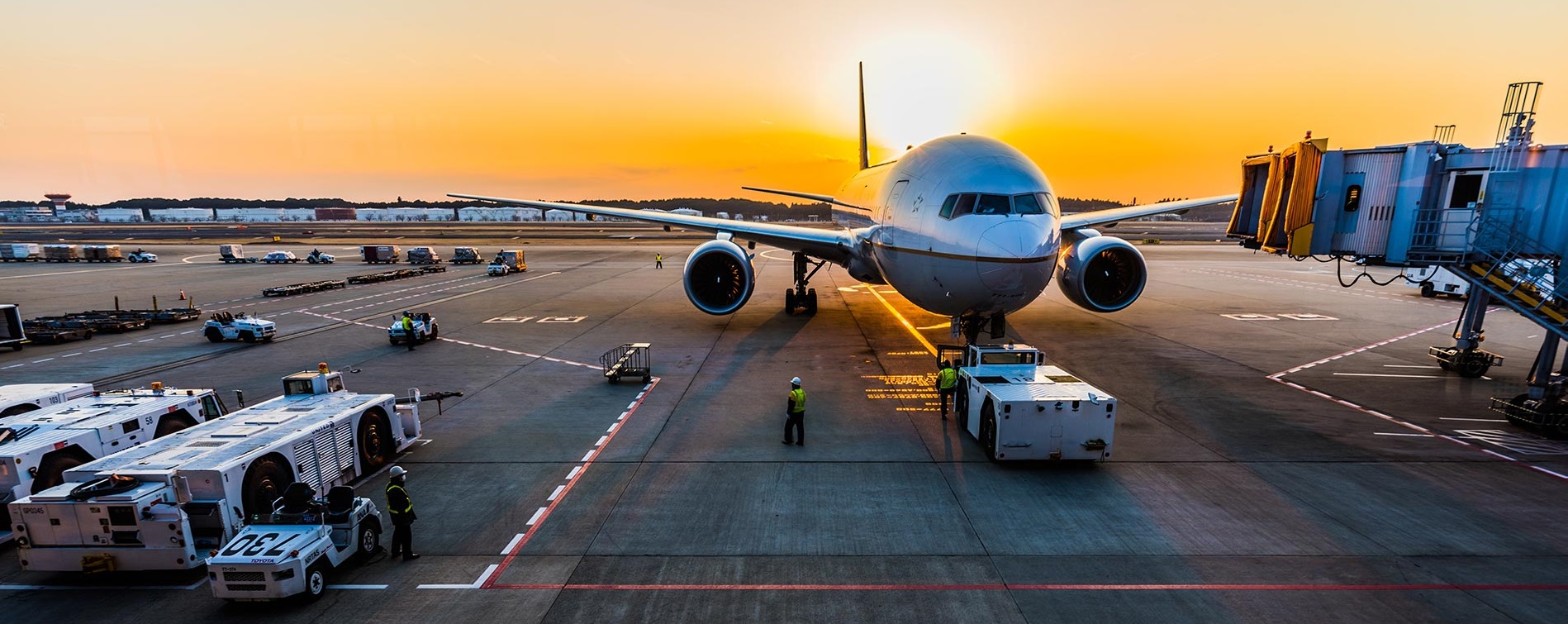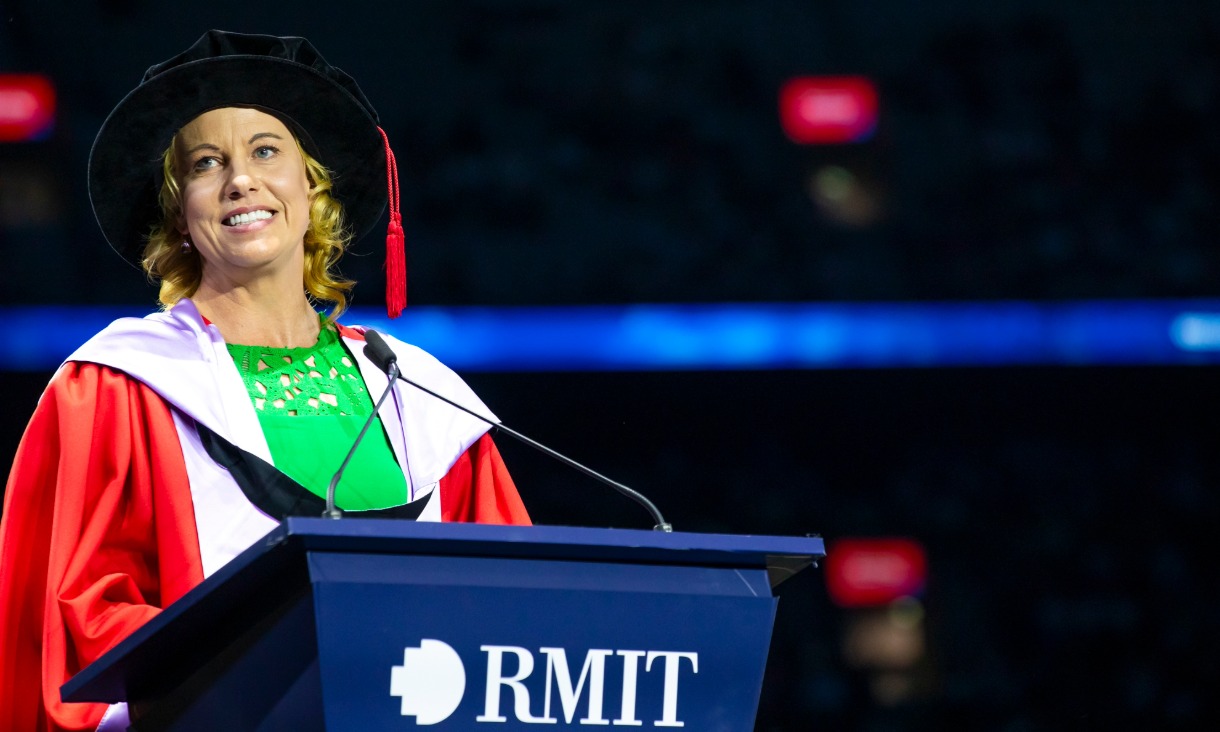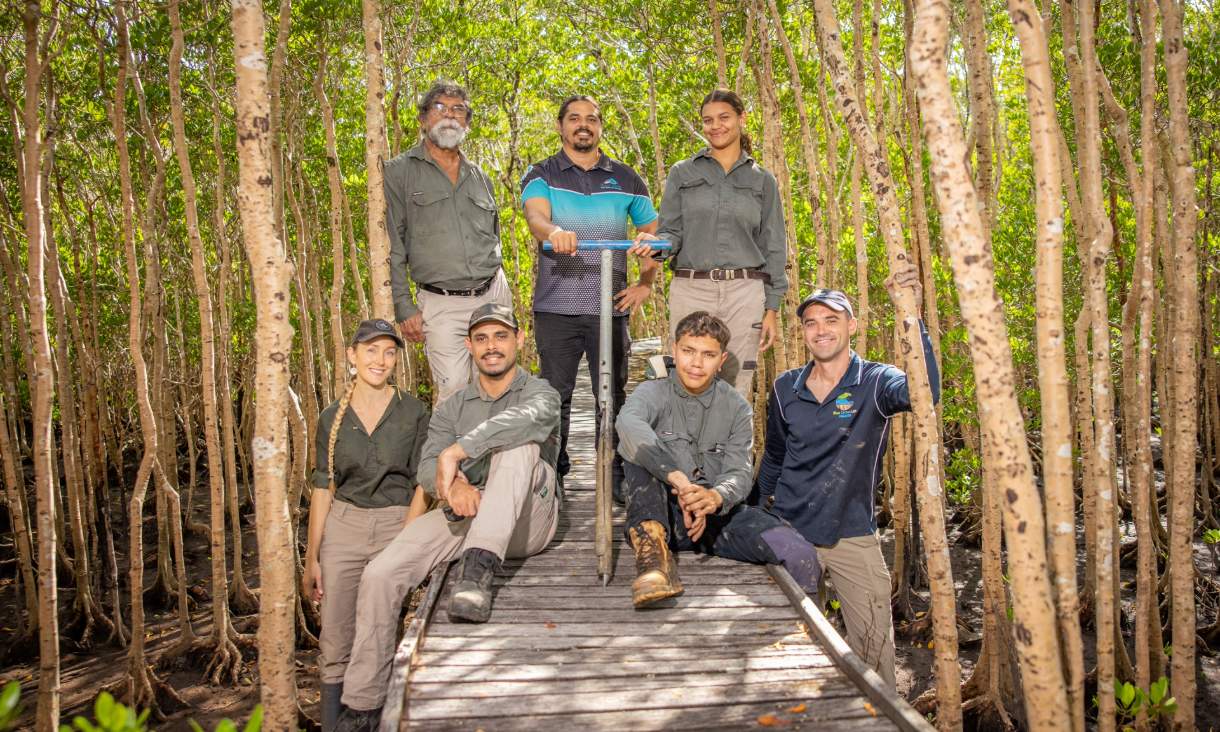RMIT community comes together to celebrate the Class of 2025
With Sneaky Sound System setting the scene and honorary degrees awarded to two outstanding leaders from the art and business communities, the 2025 RMIT Melbourne Graduation Ceremony was full of highlights.
Louise Adams recognised with honorary doctorate at 2025 graduation
RMIT has awarded Louise Adams, Aurecon Chief Executive Officer, the Doctor of Business honoris causa, acknowledging her leadership in engineering, gender equality and Australia’s partnership with Vietnam.
RMIT launches Accelerator for Translational Research and Clinical Trials
Last month, the University launched the Accelerator for Translational Research and Clinical Trials (ATRACT), a research centre that empowers STEM researchers to translate excellence in fundamental research in cancer, immunology and infectious diseases into global impact.
Cairns Airport mangrove study sets new standard for Indigenous-led research on country
A new study highlights how Indigenous leadership, science and business can unite to protect coastal ecosystems while building long-term environmental and cultural knowledge.







